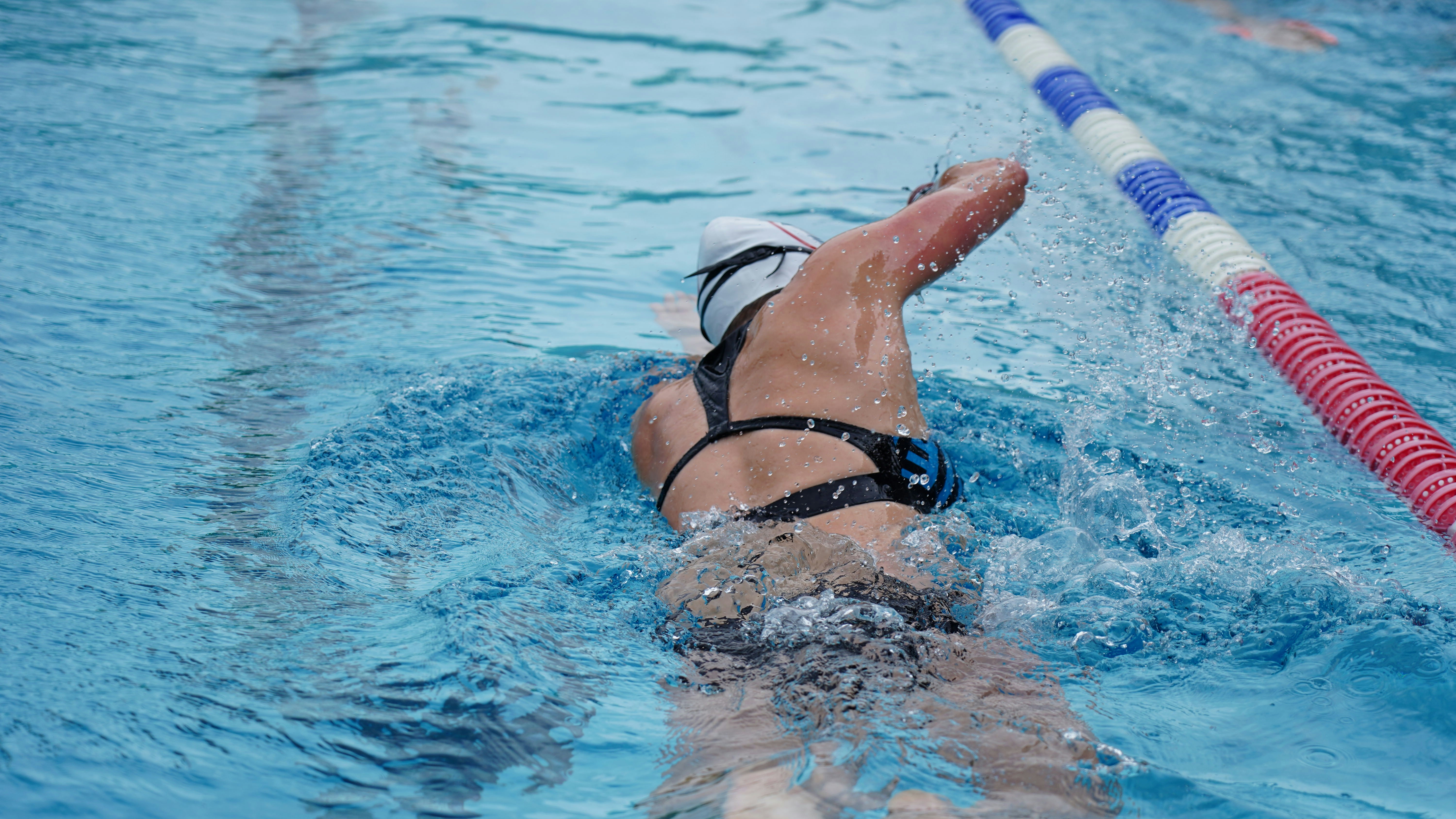
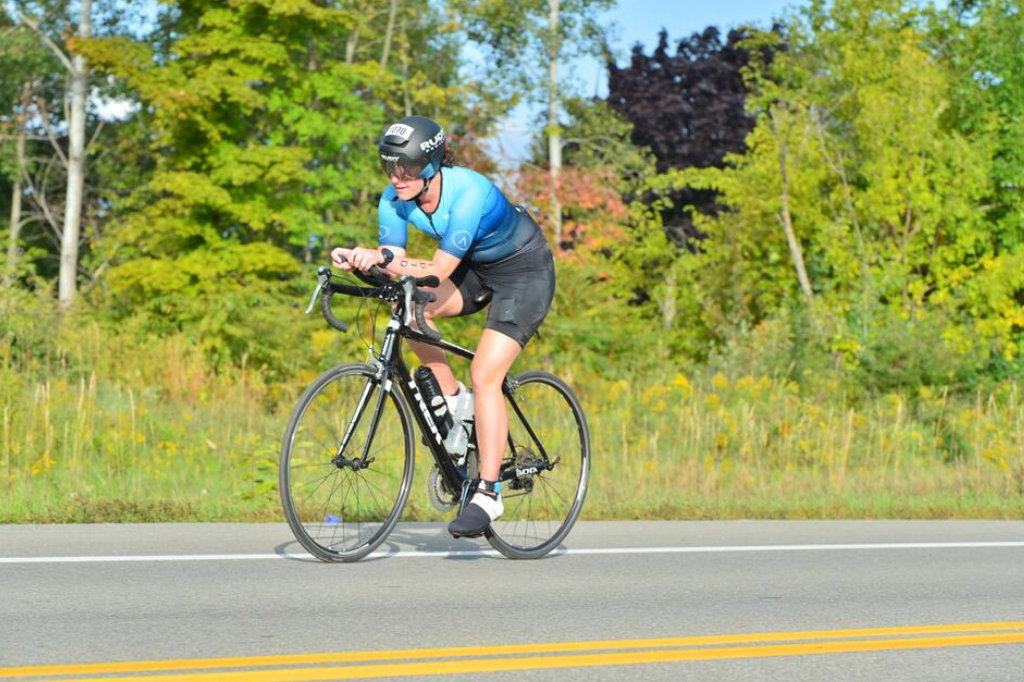
Having specific zones to train with will make your training more effective and help your body adapt faster while limiting the chances of over or under-training. When proper testing is done and the data is entered correctly into your TrainingPeaks account you will have zones that apply to every type of training from recovery rides to all-out efforts. In this article I am going to show you exactly how to set your training zones in trainingpeaks.
You may have seen equations out there that you can do without testing, such as taking 220 minus your age to get your heart rate zones. While this equation will give a basic idea of zones it will not be specific to you and your unique physiology.
In this guide, we will explain the importance of each zone and how that zone applies to training. Then we will work through swimming, biking, and running. We will go over each test including how to perform each test. Then we will show what good data looks like. How to get your data out of the test, and then finally how to set the training zones!
Before we set the zones, here is info on each zone!
Zone 1 training feels almost effortless, it’s a zone that could easily be maintained for a whole day. You can carry on a whole conversation at this zone. Spending an extended amount of time in Zone 1 “stretches” the heart and allows it to pump more blood. After this point, it’s only the heart rate that increases.
Zone two training, the zone that builds the engine! With zone 2 training being aerobic, the work strengthens the heart and lungs. As the heart gets stronger, the stroke volume increases and this means that the heart can pump more blood (and with more blood exiting the heart comes more oxygen) out to the body every time it beats. This in turn, also increases stroke volume, cardiac output, oxygen transport + delivery, and ultimately VO2 max. We often see a lower heart rate across all zones with proper zone 2 training as the heart becomes more efficient.
Z3 is challenging enough that you feel you’re out of your comfort zone. But not challenging enough that you can’t sustain it. It’s often called “comfortably uncomfortable.” At this point, it’s barely possible to complete a sentence, compared to the conversational effort of lower zones.
The problem with spending too much time in Z3 is that it does not provide enough high intensity to largely improve speed/power. But it is not so easy that the body can fully recover. So, athletes may feel like they are constantly putting in the work but not necessarily getting faster. If you fall into this trap, you may feel like you are putting in the work and not seeing the gains. I call this “grey zoning.”
Having said this, there are big benefits to Z3 training!
In Zone 3, more muscle fibers are engaged, and the body builds even more mitochondria (powerhouse) in the muscles. The training trains the body to develop a greater capillary network. This helps to transport oxygen to working muscles more efficiently.
Z4 is the point that most overtraining happens if not used carefully. Pushing yourself to the limit in Z4 too often or too long (especially without proper rest intervals) puts a lot of stress on the body. Killing mitochondria that many athletes have worked so hard to build. From a physiological perspective, the anaerobic threshold is the point where lactic acid starts to build up so fast that the body can not produce enough energy to maintain the intensity for long.
In Z4, you can only speak a couple of words at a time if that. The muscles being used start to feel heavy quickly!
It’s where you are at your at your max effort, all out! Time spent in zone 5 is seconds compared to zones 1-4.
Your heart will be pumping close to capacity. You will be building up lactic acid so fast that your body will not be able to process it. The burn is real here!
There are benefits of training in Zone 5, though!
In zone 5, you develop max power, form, and reaction time. So, while it hurts, Z5 intervals are worth it!
Now that we know the established purpose of each zone let’s get onto the testing and setting zones for each sport!
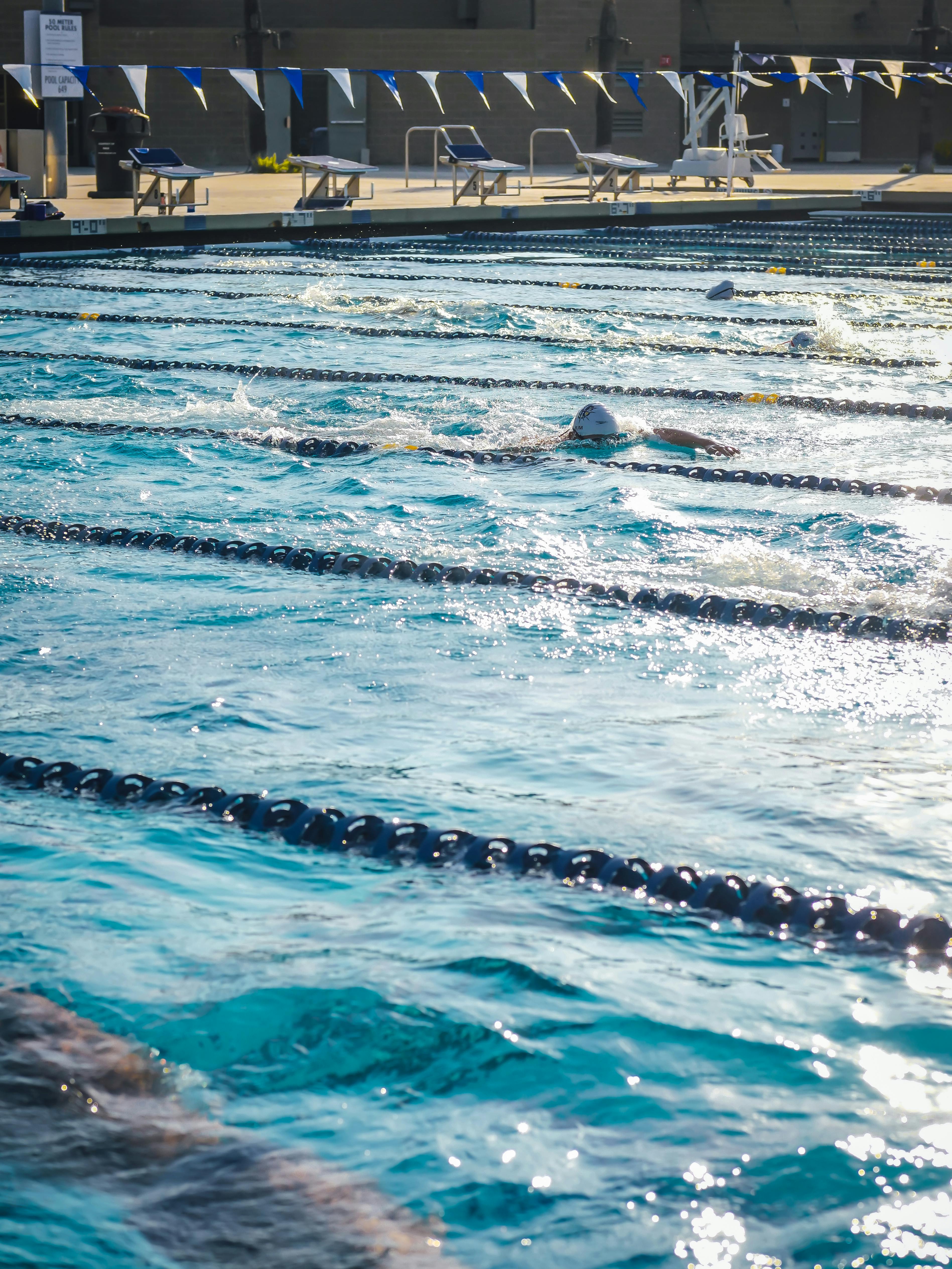
Swim zones can be set by completing the 1000-yard/meter threshold swim test.
We suggest before completing this test that you can complete a 40-minute swim workout with some longer intervals.
1000 TT Swim Test, 1500 yards/meters:
Warm Up:
Main Set:
Cool Down:
Workout Note: To set zones we need the duration of your 1000.
Pacing Notes: For the main set we want you to give it your all! The goal of the 1000 straight is to not slow down, or even better go a little faster in the second half. Start at a pace that you feel you can hold and then slowly start to increase your effort, the last 100 or so should feel like “I am never doing this again.”
Here is an example of a well-paced 1000 main set on TrainingPeaks, more on this in the video below.
The video below shows how to find your 1000 time from your workout and apply the data to set your swim zones.
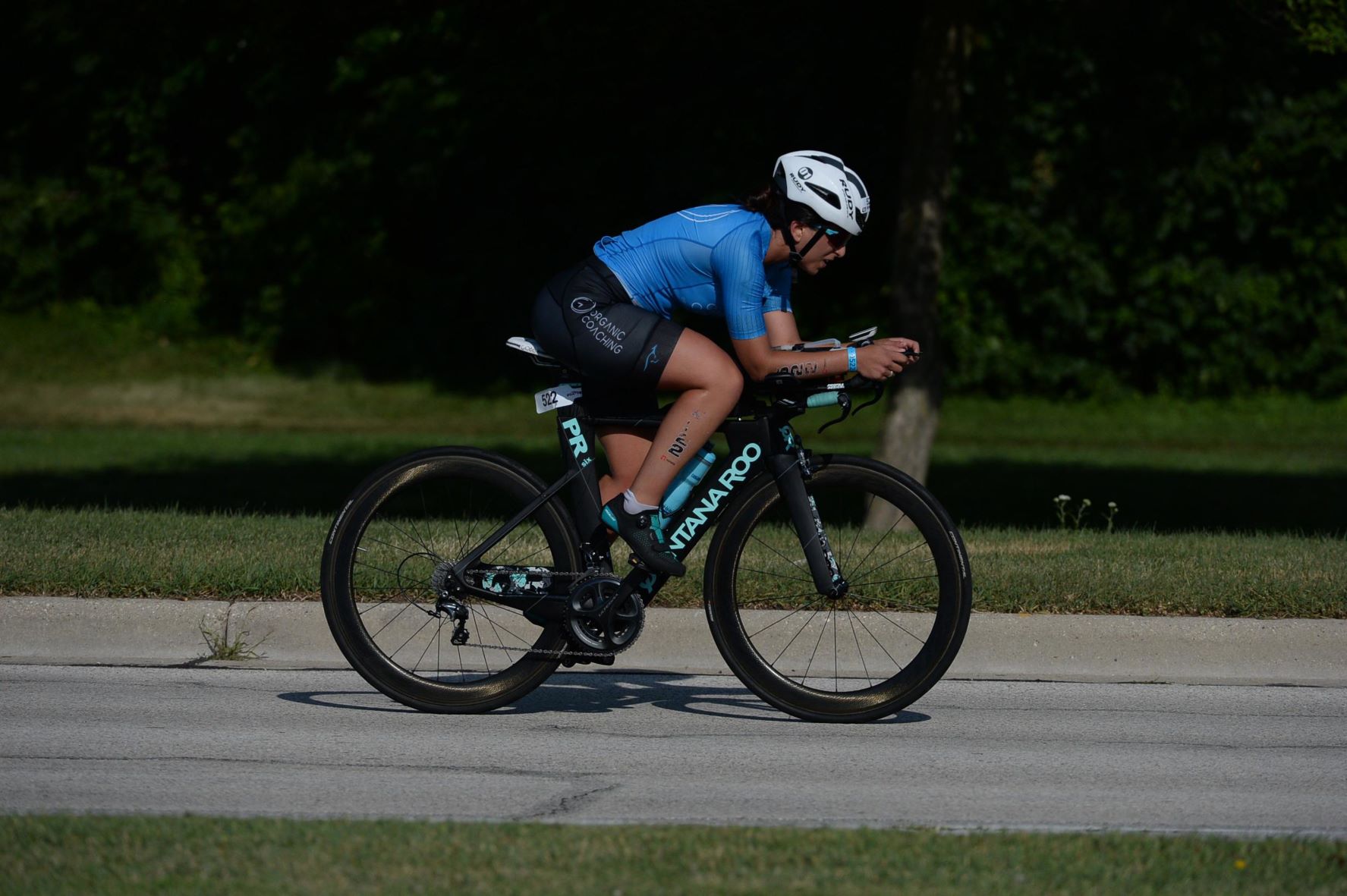
For the bike, two tests can be done, an FTP test and a LTHR test. FTP stands for Functional Threshold Power and is done using a power meter/smart trainer. LTHR stands for lactate threshold heart rate and is done using a heart rate monitor.
Each test has the same principle for the main set, go as hard as you can for the main set without fading, just like the swim test. If you do this test on the road, choose a safe place to ride that has no stopping, few turns, and if possible is also a positive incline to help get the best results. If you choose to do this test on an indoor trainer – have your fans ready to keep you cool!
For both testing protocols, we suggest that before testing you can bike for one hour.
FTP Test, 1 hour:
Warm Up:
Main Set:
The first five minutes should feel difficult but sustainable, the last five should be an “I’m never doing this again” effort.
Cool Down:
FTP is calculated using 95% of the 20-minute average, in the video linked below we will show you how to get your numbers out of your workout.
Here is an example of a well-paced FTP test
The video below shows how to find your FTP from your workout and how to apply the zones to your TrainingPeaks account.
LTHR Test, 54 minutes:
Warm Up:
Main Set:
Cool Down:
Here is an example of a well-paced LTHR bike test
LTHR is calculated using the average heart rate in the final 20 minutes of the 30-minute test. In the video linked below, we will show you how to get your numbers out of your workout.
The video below shows how to find your LTHR from your workout and how to apply the zones to your TrainingPeaks account.
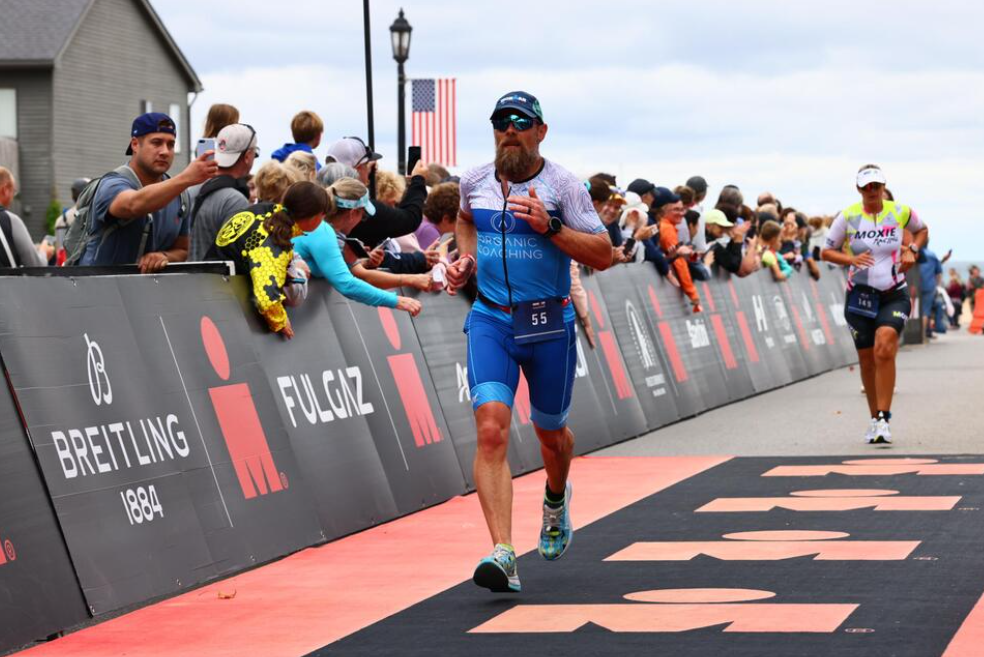
Running the LTHR test is the way to go! After this run test, we can get both heart rate and pace zones making it a threshold pace and threshold heart rate run! You probably guessed it by now, for this test we are going to go as hard as we can without fading. Ideally, choose a flat surface with few turns for the main set and try to run without too much headwind or tailwind for accurate results.
Before doing this test we suggest that you can first run for an hour without stopping.
LTHR Run test, 54 minutes:
Warm Up:
Main Set:
Cool Down:
LTHR and pace are calculated using the average pace from the whole 30 minutes and heart rate in the final 20 minutes of the test. In the video linked below, we will show you how to get your numbers out of this workout.
Here is an example of a well-paced LTHR Run test.
The video below shows how to find your threshold pace and heart rate from your workout and how to apply the zones to your TrainingPeaks account.
Now that you know how to set your training zones, your new trainingzones will have you improving faster and training with more specificity. It is important to have good data from testing to set your zones. Sometimes learning how to pace a test can take more than one try to get good results. That is okay! If a test doesn’t go your way we suggest waiting a few weeks before retesting. Speaking of retesting, we suggest retesting about every 2 months or whenever you feel your zones are not accurate.
Get out there, give it all you have, and above all, have fun!
READ MORE: WHY USE A POWER METER
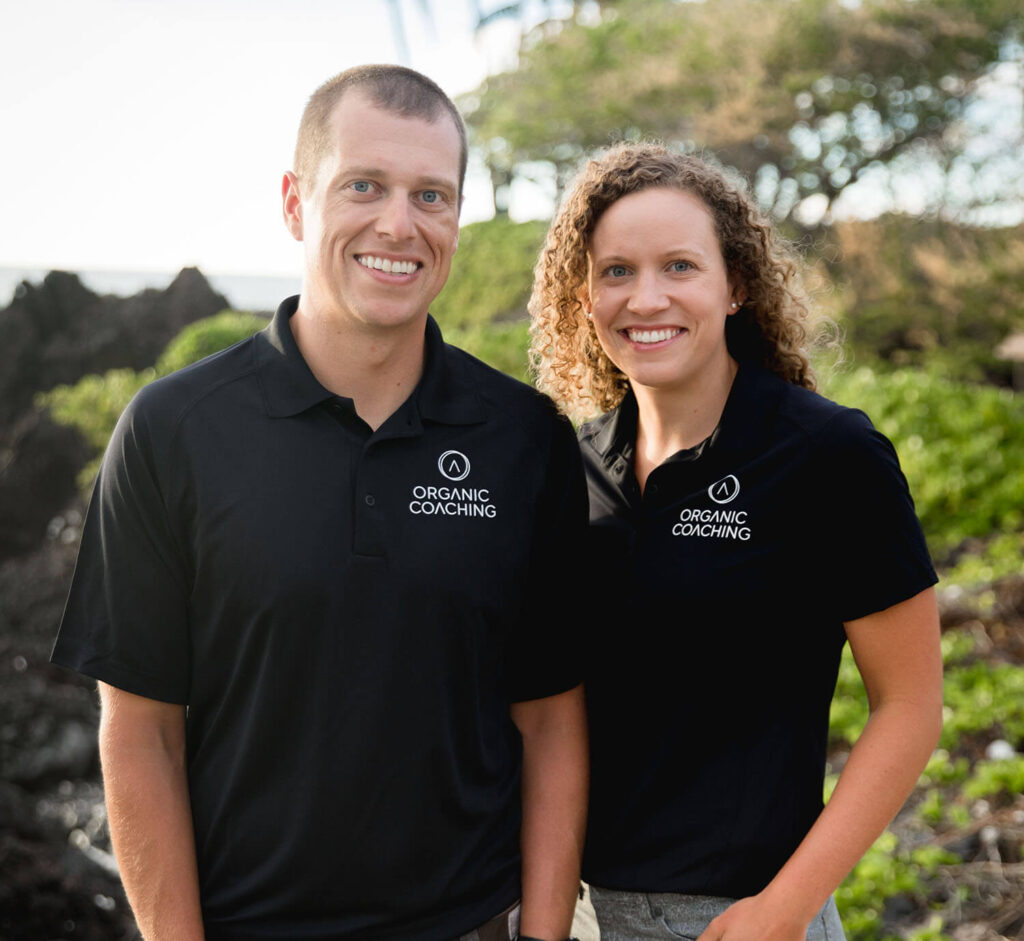
Carly and Tyler Guggemos built Organic Coaching in 2014 with a simple philosophy that works. The idea is to take what you have and grow it to get faster, fitter and stronger. And to do it with the time you have – not the time you wish you had.

For athletes who are ready to take their training to the next level while still thriving and succeeding in their professional and family life.
Copyright © 2024 Organic Coaching LLC